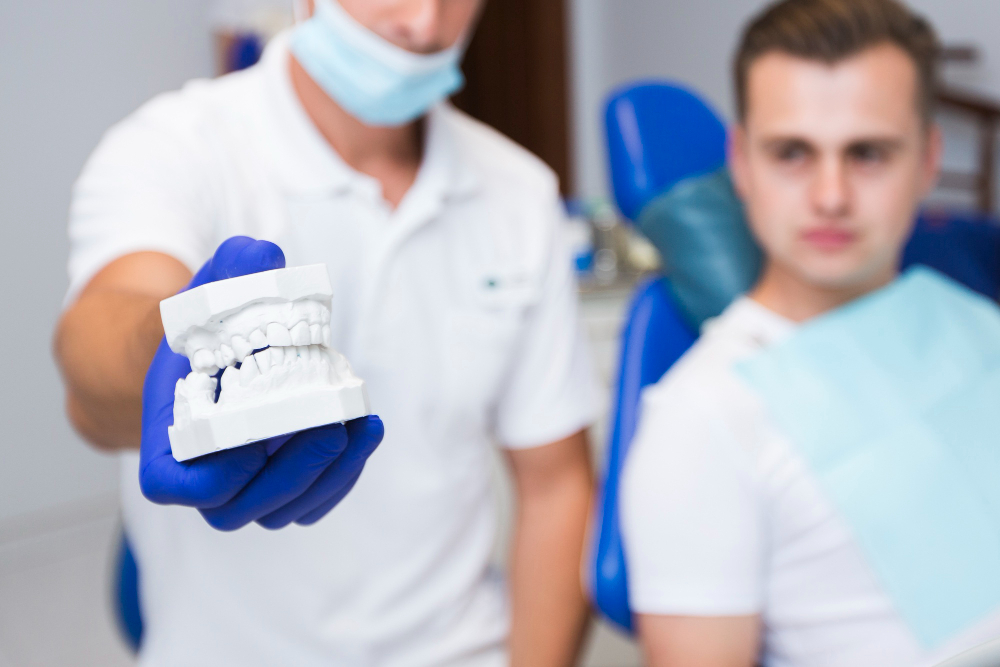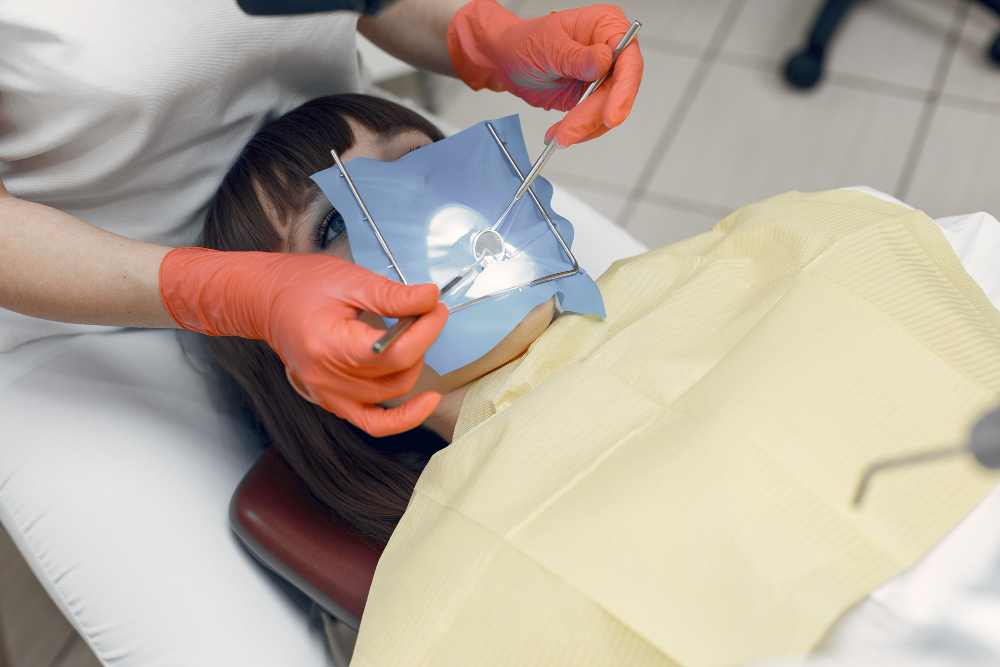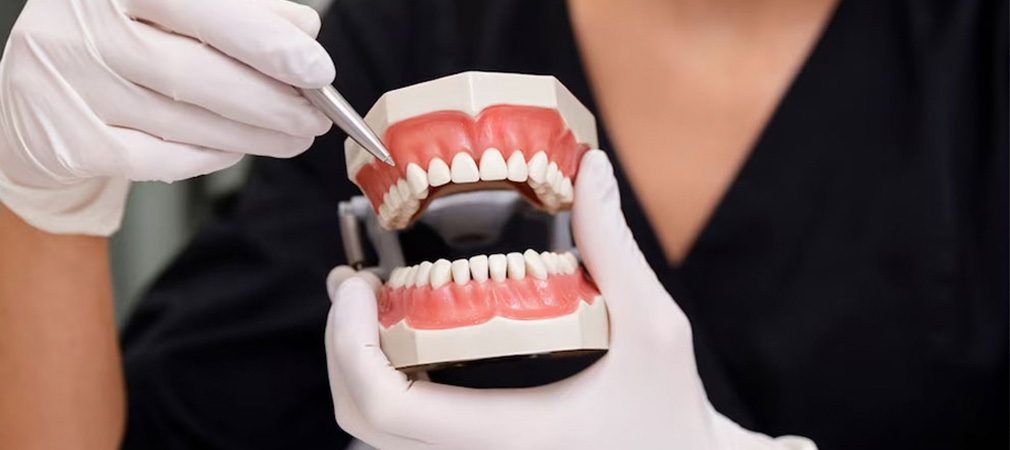What You Need to Know About Dental Crowns & Dental Bridges

Missing teeth or damaged teeth simply stimulate an eloquent smile; chewing on food, even speaking, becomes increasingly arduous and often snatches that fading expression of confidence right off your face. Fortunately, dental crowns and bridges serve as dependable ways to restore teeth functionality and appearance. I have enumerated here all the pieces of information you require to know regarding these treatments.
What Are Dental Crowns?
The dental crown is an outer cover for a diseased or weakened tooth which completely caps that opposite tooth. It restores strength, shape, and appearance while providing protection to the tooth from further damage.
Crowns can be utilized for the following:
Death of tooth due to decay
Restoring after root canal
Crown for broken or misshapen teeth
Entirely for dental implants
Purposes other than purely aesthetics in discolored teeth
What Are Dental Bridges?
Bridges replace any tooth or teeth lost by accidents or caries, and anything else in between as a fixed restoration. These include:
– The pontic (the false tooth that fills in the gaps)
– The abutments (crowns fitted onto the neighbouring teeth or implants supporting the pontic)
By resuming chewing functions, bridges prevent adjacent teeth from drifting and restore a natural appearance to the smile.
Why Consider Crowns or Bridges?
Advantages of Dental Crowns:
Strengthening and protection for damaged teeth;
Restoration of function for chewing and biting;
Innovative appearance for your smile.
Advantages of Dental Bridges:
Replace lost teeth with one that looks almost like the real one.
Prevent teeth from shifting.
Resist misalignment of bites and maintain easily a good shape of a face.
The Treatment Process
Examination – Your dentist will perform an examination. At that time, they will determine whether crowns or bridges would be appropriate for your case.
Preparation – The natural tooth is shaped, so that there is room for the crown or supporting ends of the bridge.
Impressions – Molds of your teeth will be made for the custom restoration.
Temporary Restoration – A temporary crown or bridge is used while waiting for placement of the permanent one.
Final Placement – The permanent restoration is cemented into place and is adjusted to the patient’s comfort and fit.
Materials Used for Crowns and Bridges
Crowns and bridges can be made from different materials according to your goals:
Porcelain or Ceramic – Naturally appearing; excellent for front teeth
Porcelain-Fused-to-Metal – Combination of strength and aesthetics
Metal Alloys or Gold – Very durable and suitable for back teeth
Zirconia – Beautiful, strong, and resistant to damage and wear
Longevity and Care
Assuming they are well looked after, crowns and bridges last anywhere from 5-15 years, or can last even longer for some cases. Their life span, among other things, is dependent on your oral hygiene practices, dietary habits, and keeping regular dentist appointments. Good oral hygiene, that is, brushing and flossing daily, and avoiding hard food will greatly maintain their integrity.
Final Thoughts
Dental crowns and bridges present easy long-term solutions for the treatment of damaged or missing teeth. They provide protective cover for one’s smile against further deterioration, giving people a near-natural version of their original smile. Given the proper maintenance and professional recommendations, dental crowns and bridges can breathe new life, confidence, and functionality for many years to come.




